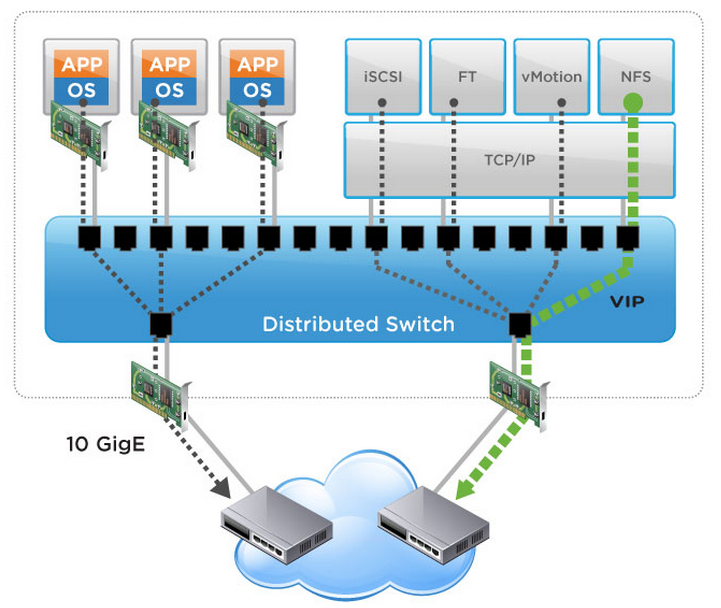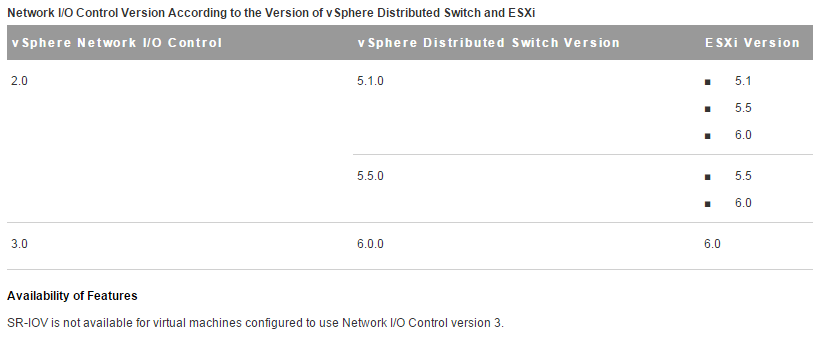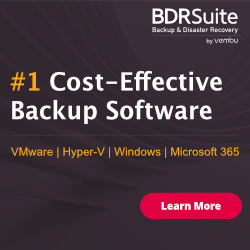
About vSphere Network I/O Control Version 3
vSphere Network I/O Control version 3 introduces a mechanism to reserve bandwidth for system traffic based on the capacity of the physical adapters on a host. It enables fine-grained resource control at the VM network adapter level similar to the model that you use for allocating CPU and memory resources..
Version 3 of the Network I/O Control feature offers improved network resource reservation and allocation across the entire switch.
Models for Bandwidth Resource Reservation
Network I/O Control version 3 supports separate models for resource management of system traffic related to infrastructure services, such as vSphere Fault Tolerance, and of virtual machines.
The two traffic categories have different nature. System traffic is strictly associated with an ESXi host. The network traffic routes change when you migrate a virtual machine across the environment. To provide network resources to a virtual machine regardless of its host, in Network I/O Control you can configure resource allocation for virtual machines that is valid in the scope of the entire distributed switch.
Bandwidth Guarantee to Virtual Machines
Network I/O Control version 3 provisions bandwidth to the network adapters of virtual machines by using constructs of shares, reservation and limit. Based on these constructs, to receive sufficient bandwidth, virtualized workloads can rely on admission control in vSphere Distributed Switch, vSphere DRS and vSphere HA.
Network I/O Control Version 2 and Version 3 in vSphere 6.0
In vSphere 6.0, version 2 and version 3 of the Network I/O Control coexist. The two versions implement different models for allocating bandwidth to virtual machines and system traffic. In Network I/O Control version 2, you configure bandwidth allocation for virtual machines at the physical adapter level. In contrast, version 3 lets you set up bandwidth allocation for virtual machines at the level of the entire distributed switch.
When you upgrade a distributed switch, the Network I/O Control is also upgraded to version 3 unless you are using some the features that are not available in Network I/O Control version 3, such as CoS tagging and user-defined network resource pools. In this case, the difference in the resource allocation models of version 2 and version 3 does not allow for non-disruptive upgrade. You can continue using version 2 to preserve your bandwidth allocation settings for virtual machines, or you can switch to version 3 and tailor a bandwidth policy across the switch hosts.
To learn more about this topic check below video:



